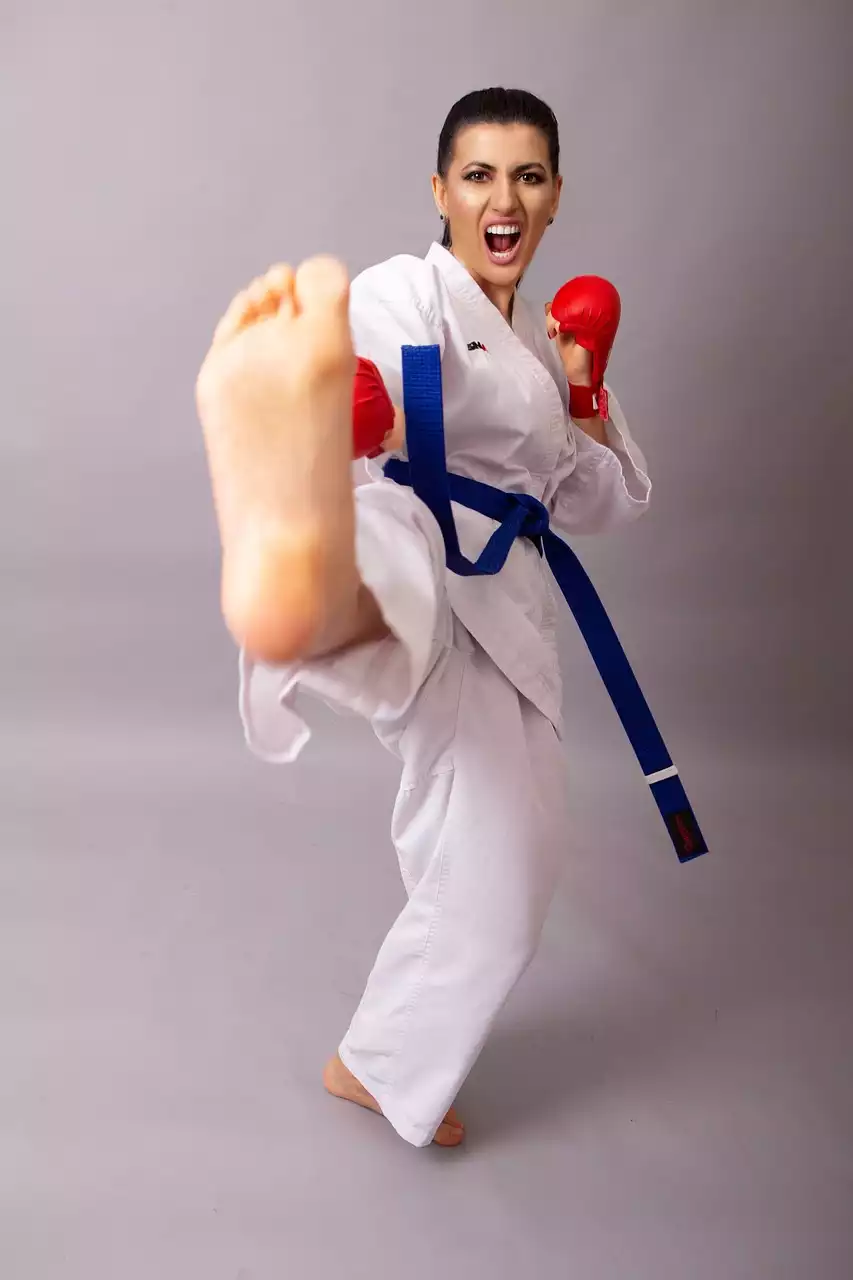What are head guards and mouthpieces?
Head guards and mouthpieces are protective gear designed for Taekwondo practitioners. Head guards, also known as “headgear”, are designed to protect the head from direct blows. They are usually made of lightweight materials such as foam, plastic, or woven fabrics. Most head guards also add additional padding around the ears, neck, and face to provide maximum protection.
Mouthpieces, on the other hand, are designed to protect the teeth, tongue, and other sensitive parts of the mouth. They are typically made of softer materials such as rubber or silicone and are fitted with a mouth guard to provide a secure fit. The mouth guard is designed to reduce the risk of cuts and bruises to the mouth, as well as reduce the risk of dental damage.
Benefits of wearing head guards and mouthpieces
Head guards and mouthpieces are an essential part of any Taekwondo practitioner’s safety equipment. Wearing headgear and a mouthpiece can help reduce the risk of head, neck, and facial injuries. They protect the head from direct blows, and the mouth from cuts and bruises.
In addition to the safety benefits, head guards and mouthpieces can also provide a competitive edge. The extra protection can help practitioners stay in the fight longer, and the added cushioning can help to absorb some of the force of the impact. This can help improve performance and also reduce fatigue.
Finally, head guards and mouthpieces can also help to improve technique. The extra cushioning can help to absorb the shock of impact and can help practitioners to better practice their techniques. This can help to improve accuracy and power and can help practitioners to become better overall fighters.
Different types of head guards and mouthpieces
Head guards and mouthpieces come in a variety of styles and sizes. For head guards, there are lightweight foam models that offer minimal protection, as well as heavier models with extra padding and straps. There are also head guards that cover the ears, neck, and face for maximum protection.
Mouthpieces come in a variety of shapes and sizes. They are typically made of softer materials such as rubber, silicone, or plastic. Some models come with a mouth guard for added protection, and others are designed to be fitted to the individual’s mouth for a secure fit.
Head guard and mouthpiece safety standards
When purchasing head guards and mouthpieces, it is important to make sure they meet safety standards. Head guards should be made of lightweight, breathable materials that provide a full range of motion. They should also provide adequate protection from impacts and potential injuries.
Mouthpieces should also meet safety standards. They should be made of non-toxic materials that are safe for the mouth and teeth. The mouthpieces should also fit securely and comfortably and should be easy to remove and clean.
How to choose the right head guard and mouthpiece
When choosing the right head guard and mouthpiece, it is important to consider the type of Taekwondo practice and the individual’s needs. For example, if the practice involves contact sparring, a heavier head guard with extra padding may be necessary. For non-contact practice, a lightweight model may be sufficient.
The size of the head guard and mouthpiece should also be taken into consideration. The head guard should fit snugly and securely, and the mouthpiece should be comfortable and easy to remove. The size of the head guard and mouthpiece should also be consistent with the individual’s head and mouth size.
The importance of proper fit
It is essential to ensure a proper fit when wearing a head guard and mouthpiece. The head guard should fit snugly and securely, without being too tight or loose. The mouthpiece should fit comfortably, without being too tight or loose. If the head guard or mouthpiece is too tight, it may cause discomfort or restrict movement. If the head guard or mouthpiece is too loose, it may not provide adequate protection.
The impact of head guards and mouthpieces on performance
Head guards and mouthpieces can have a significant impact on performance. The extra protection can help to reduce fatigue, which can help to improve overall performance. The added cushioning can also help to absorb some of the shocks of impact, which can help to improve accuracy and power.
The head guard and mouthpiece can also provide a competitive edge. The extra protection can help to reduce the risk of injury and can help practitioners to stay in the fight longer. The added cushioning can also help to absorb some of the force of the impact, which can give practitioners an edge over their opponents.
Tips for maintaining head guards and mouthpieces
Head guards and mouthpieces should be cleaned and maintained regularly. After each use, the head guard and mouthpiece should be wiped down with a damp cloth to remove dirt and sweat. The head guard and mouthpiece should also be inspected for signs of wear or damage. If any damage is found, the head guard or mouthpiece should be replaced immediately.
It is also important to store the head guard and mouthpiece properly. The head guard and mouthpiece should be stored in a cool, dry place, away from direct sunlight and moisture. This will help to extend the life of the head guard and mouthpiece.
















